The Divided Mind: The Epidemic of Mindbody Disorders
£13.30£15.20 (-13%)
Dr Sarno traces the roots of mind-body disorders by exploring the interaction between the generally reasonable, rational, ethical and moral conscious mind and the repressed feelings of emotional pain, hurt, sadness, and anger that are characteristic of the unconscious mind. The failure of medicine’s practitioners to recognise and appropriately treat mind-body disorders has produced public health and economic problems of major proportions. The Divided Mind outlines the history of psychosomatic medicine, including Freud’s crucial role and describes the psychology responsible for the broad range of psychosomatic illness. Arguing that knowledge and awareness of psychosomatic phenomena clearly have healing powers, Dr Sarno reveals how and why thousands of people have become pain-free simply by following his revolutionary advice.
Read more
Additional information
| Publisher | Duckworth (1 May 2008) |
|---|---|
| Language | English |
| Paperback | 394 pages |
| ISBN-10 | 0715637274 |
| ISBN-13 | 978-0715637272 |
| Dimensions | 15.9 x 2.7 x 23.1 cm |


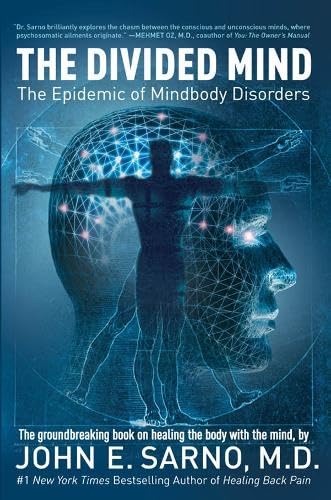



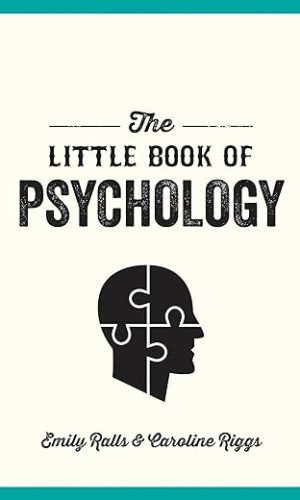
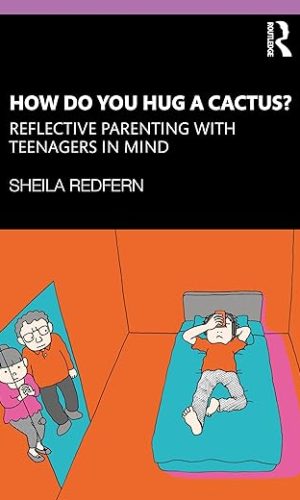
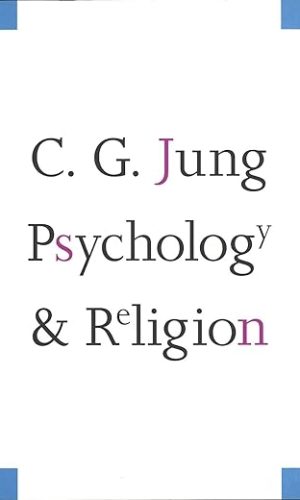
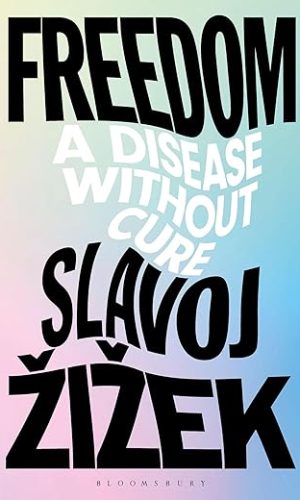
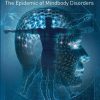
by Mrs. D. J. Harrison
John Sarno is a brilliant author and knows his stuff. This is a really interesting book and I feel I have learnt a lot from it. Well worth reading if you are interesting in how the mind works.
by S Groves
This is another one of those life changing books that explains in great detail the connection between the brain and body unravelling and explaining the origins of chronic pain and diseases. An important book for anyone who has suffered for a long time or decades with unexplained pain or fibromyalgia or tennis elbow or back pain or pelvic pain etc. Once you understand why there is a reduction in oxygen and blood supply to certain areas of the body and that it is a distraction by your subconscious mind then you can start to take back control of your body and mind (and/or with the help of a therapist and EMDR if need by). Highly recommend.
by H. Hudson
Although I have not finished this book I wanted to share how I have got on so far.
I previously read Healing Back Pain and found it very helpful. I have started on a workbook by a different author and it asked me to read another of Sarno’s books as part of the work for the first week. This book seemed like it might be a useful progression from the initial book and so I jumped right in.
All I can say is thank goodness I am reading it on Kindle for PC. It allows me to look words up instantly as I read rather than having to keep a dictionary on hand at all times.
Now, I am hopefully showing by this review that I am a reasonably literate person and I can simply say this book is not written for the common man. Technical terms abound and the first 2 chapters were enough to almost make me throw in the towel. It is a minefield of medical jargon and archaic terms that means you need quite a bit of concentration to get through. I felt like I had learnt nothing useful by the end of chapter 3.
I have also found the first 3 chapters to appear a simple case of ego massaging as Sarno attempts to show how Freud and other great names were close but not quite there in understanding psychosomatic pain and that he has the answer they missed. For someone who wishes to learn more about how to heal their TMS pain these chapters seemed quite pointless.
I have now moved onto more useful information and I am hoping that I will start to make some progress. I may update this review as I read more but my opinion of those first few chapters are unlikely to change.
by Kindle Customer
This book is best read after one of the earlier works but the chapters by a range of colleagues all support Dr Sarno’s work on “TMS” across a spectrum of medical disciplines. I am more and more convinced that this is a better approach than high tech modern medicine in dealing with chronic conditions including pain syndromes, for which NICE no longer supports the use of opiate medications, as of this year. We are foolish to persist in deluding ourselves that we have the truth in purely biomedical analyses for the modern curses of our population for which society is paying dearly
by Charles Vivian
I am a consultant in Occupational Medicine. A large number of the patients I see have subjective health complaints. This means that they have symptoms, but there is no clear underlying pathology to explain these symptoms. Examples include Chronic Fatigue Syndrome, Fibromyalgia Syndrome, and low back pain.
Modern medicine uses a scientific approach to try to explain all symptoms, but for vast numbers of patients, this approach simply doesn’t provide a reasonable explanation for symptoms. Many patients then feel fobbed off by doctors, who tell them things such as ‘there’s nothing wrong with you.’ Also, there’s often the implication that the symptoms are all in the patients’ mind.
Sarno provides a very interesting way of linking the mind and body, using Freud’s theories of psychopathology. The pain is real, and due to oxygen deprivation. But the cause of this change in oxygen supply is the mind. So we have the mind (psyche) producing symptoms in the body (soma), and hence psychosomatic medicine.
Since finishing reading this book a couple of weeks ago, I have explained the concept to around 10 patients. What has really surprised me is how readily many of the patients have related to the theory. Now I wait to see if they recover!
The approach is not without flaws. Sarno relies on Freud’s approach, but then diverges from it. He treats the Freudian approach as fact, when it is only theory. He describes how 5/6ths of the patients he sees are excluded from the treatment, but provides no explanation for this. He also states how much of modern medicine is based on the placebo effect, but fails to recognise that exactly the same effect may explain the results he achieves. And unfortunately the research approach is very weak. (His results are based on a case series, which is about the weakest form of evidence). However, achieving 70% rapid recovery in those who go through the teaching programme is simply spectacular compared to any other interventions I have seen. So I suspect what’s needed is much more robust research to confirm his findings.
Overall, I am very excited about having read this book. And watching my patients engage with the ideas is really interesting as well. I just hope that my patients see the same rate of recovery as the 1000’s of patients Sarno has cared for have seen.
by mind-ful
What ought to have been a very useful and enlightening book about how our limbic/survival brain protects us from our strongest emotions, and instead these become locked into our bodies as symptoms of dis-ease, was instead a Freudian nightmare of how our unconscious mind turns against us and battles with our conscious mind. Not only is this theory entirely mistaken – but it lauds a man who betrayed his female abuse victims by declaring them to be neurotic and in fact desiring to be abused. This doomed women to over a hundred years of injustice in rape and sexual abuse cases. Other books in a similar vein to this one achieve their goal without reference to Freuds misunderstanding of how our minds function to protect us and enable us to survive, and I would recommend those of Rothschild and Van der Kolk instead of this very frustrating read. This is a shame, as the author is clearly a good person and very good doctor.